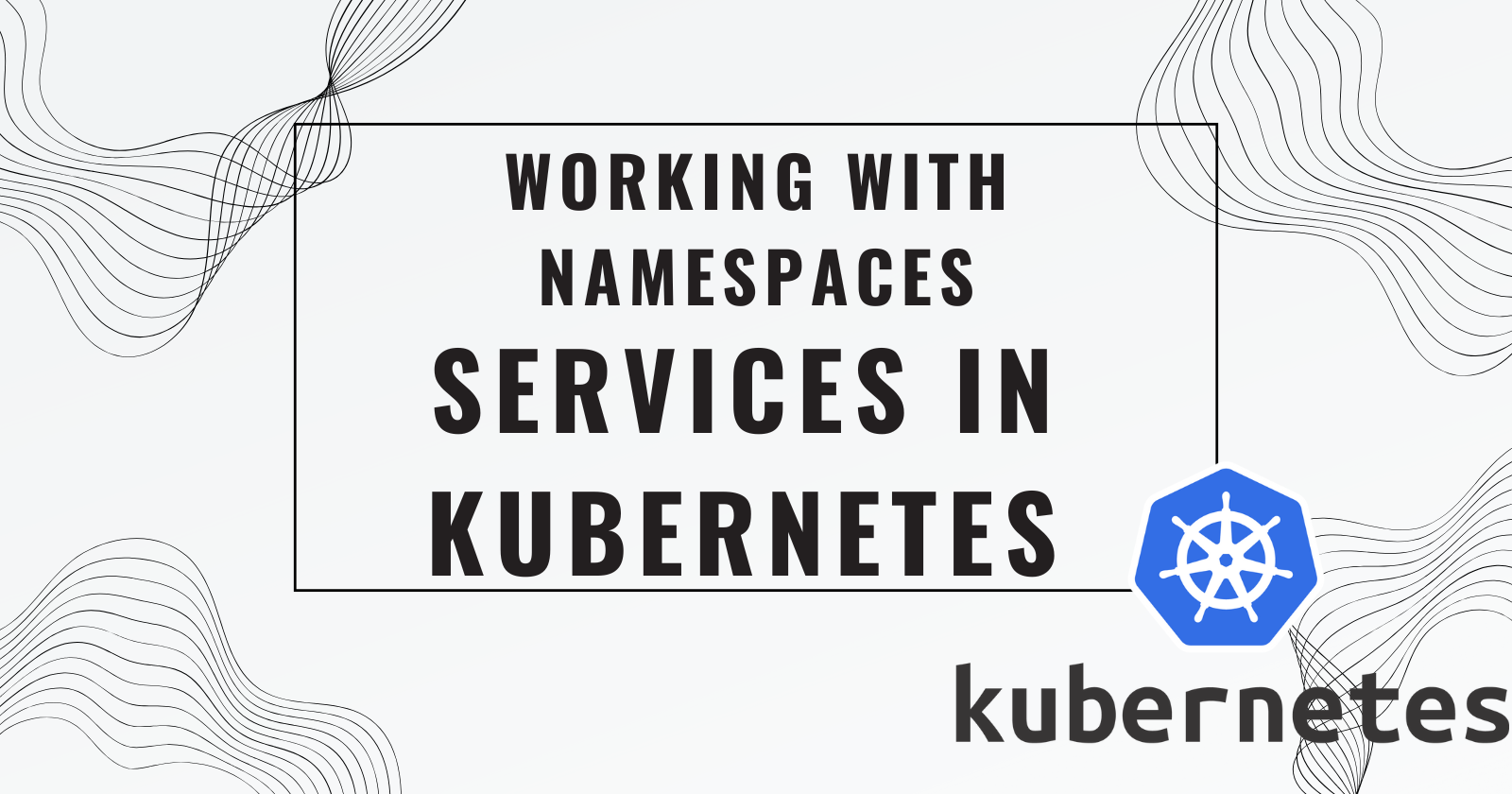Day 33: Mastering Namespaces and Services in Kubernetes 🚀
 Dhruv Moradiya
Dhruv Moradiya
Hey Devs! 🎉 You've made great progress by updating your Deployment yesterday. Today, we’re diving deeper into the essential concepts of Namespaces and Services in Kubernetes. Let’s break down these topics and walk you through a hands-on task! 🛠️
🤔 What are Namespaces and Services in Kubernetes?
Namespaces: Think of a Namespace as a unique environment within your cluster that allows you to organize and manage resources separately. This is like having multiple mini-clusters within your main cluster for better isolation and resource allocation.
Services: These are essential for exposing your Pods and Deployments to the network, enabling communication both inside and outside the cluster. Services ensure that your applications are accessible and maintain consistent network traffic.
Task 1: Create a Namespace for Your Deployment
Let’s create a Namespace and link your existing deployment to it:
Create a Namespace: Run the following command to create a new Namespace:
kubectl create namespace <namespace-name>📝 Example:
kubectl create namespace my-app-spaceUpdate
deployment.yml: Add thenamespacefield to yourdeployment.ymlto specify where the deployment will reside.apiVersion: apps/v1 kind: Deployment metadata: name: todo-app labels: app: todo spec: replicas: 2 selector: matchLabels: app: todo template: metadata: labels: app: todo spec: containers: - name: todo image: rishikeshops/todo-app ports: - containerPort: 3000Apply the Deployment: Deploy your updated
deployment.ymlusing the command:kubectl apply -f deployment.yml -n <namespace-name>📝 Example:
kubectl apply -f deployment.yml -n my-app-spaceVerify Your Namespace: Ensure your Namespace has been created by running:
kubectl get namespacesYou should see your newly created Namespace listed.
Task 2: Dive into Services, Load Balancing, and Networking
🔗 Read the Kubernetes official documentation on Services here. Learn how Services facilitate load balancing and expose your deployments to handle traffic smoothly. Here are a few key points to understand:
Types of Services:
ClusterIP: Exposes the service on a cluster-internal IP.NodePort: Exposes the service on each Node’s IP at a static port.LoadBalancer: Creates an external load balancer in supported cloud environments.ExternalName: Maps a service to a DNS name.
Networking in Kubernetes: Kubernetes manages complex networking using a combination of internal and external mechanisms, enabling pods to communicate seamlessly.
🌈 Wrapping Up
These hands-on tasks will help you grasp how Namespaces enhance resource management and how Services ensure reliable networking for your applications. Go ahead and experiment with creating Namespaces and exploring the different types of Services in Kubernetes! 🚀
👋 See you tomorrow for more Kubernetes magic!
Subscribe to my newsletter
Read articles from Dhruv Moradiya directly inside your inbox. Subscribe to the newsletter, and don't miss out.
Written by
